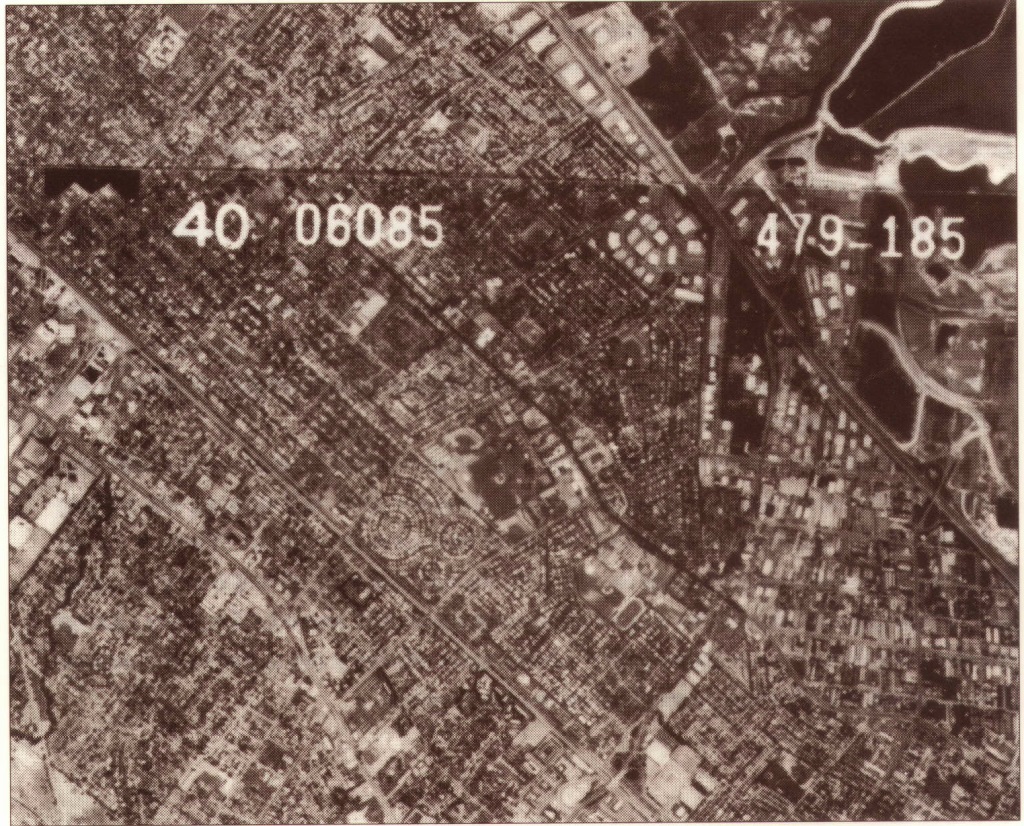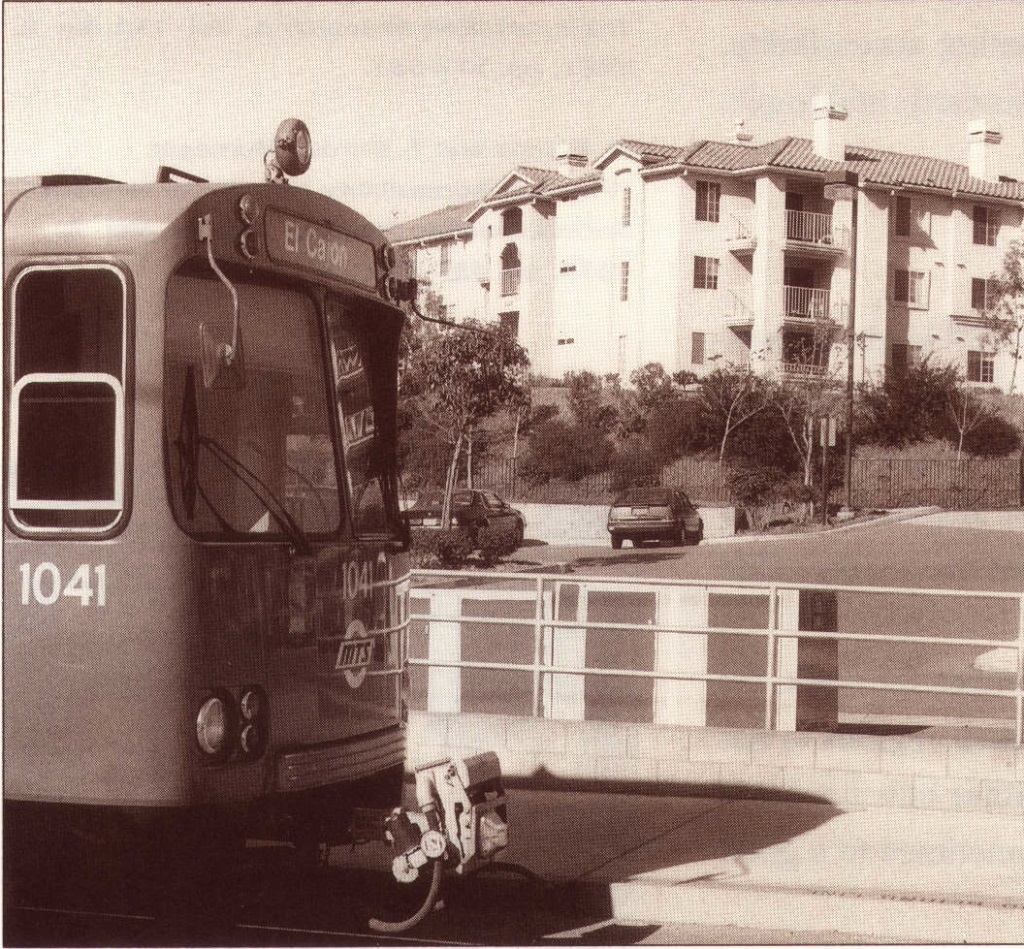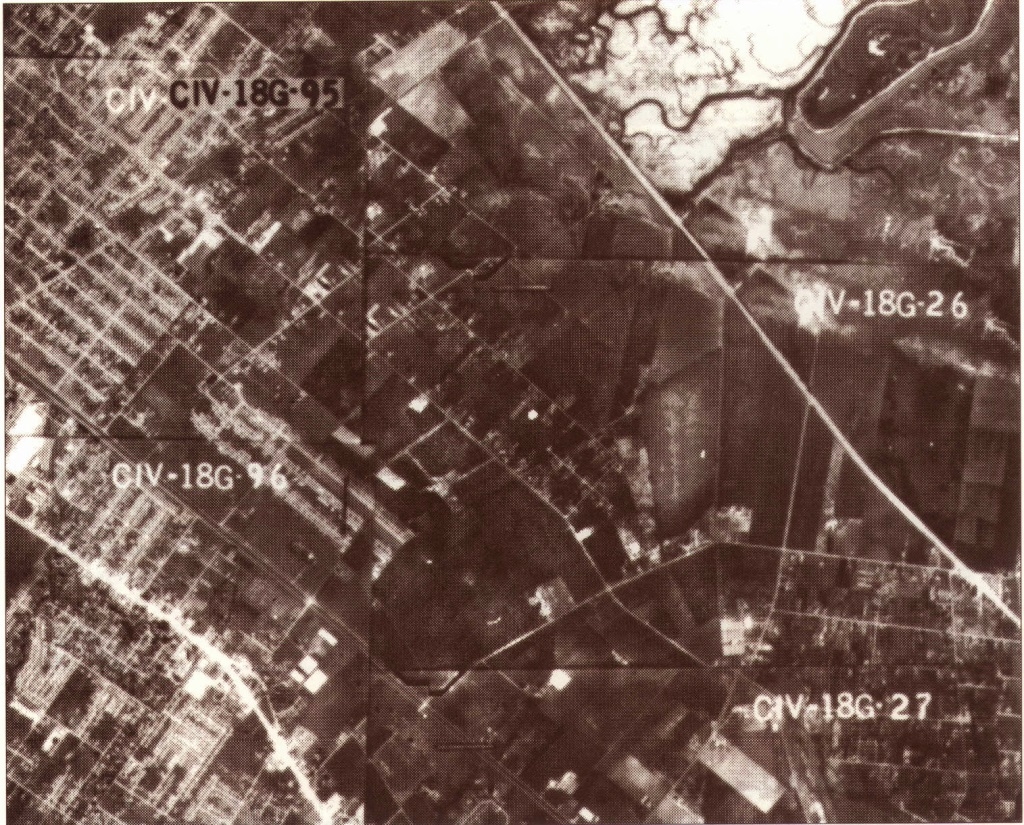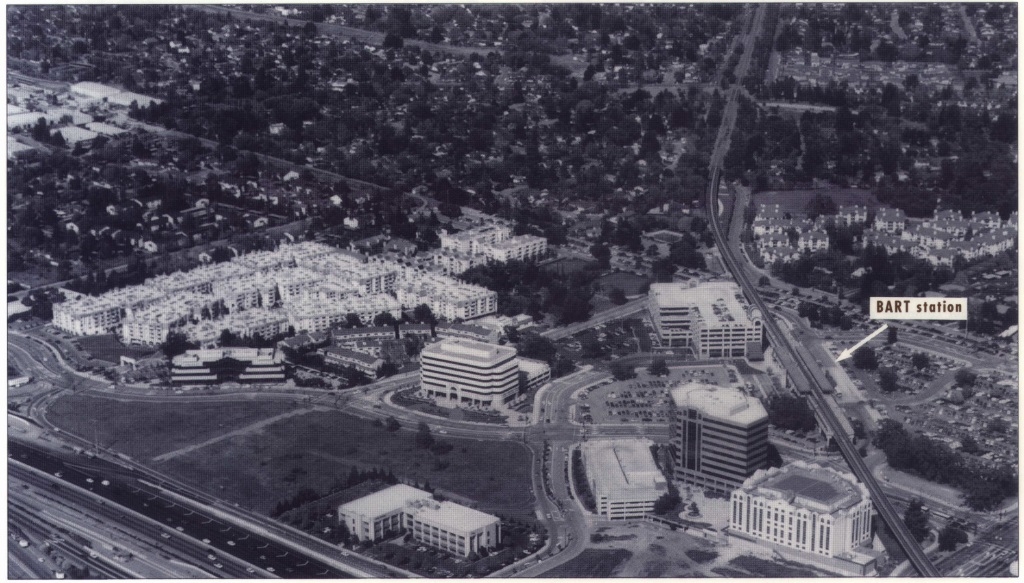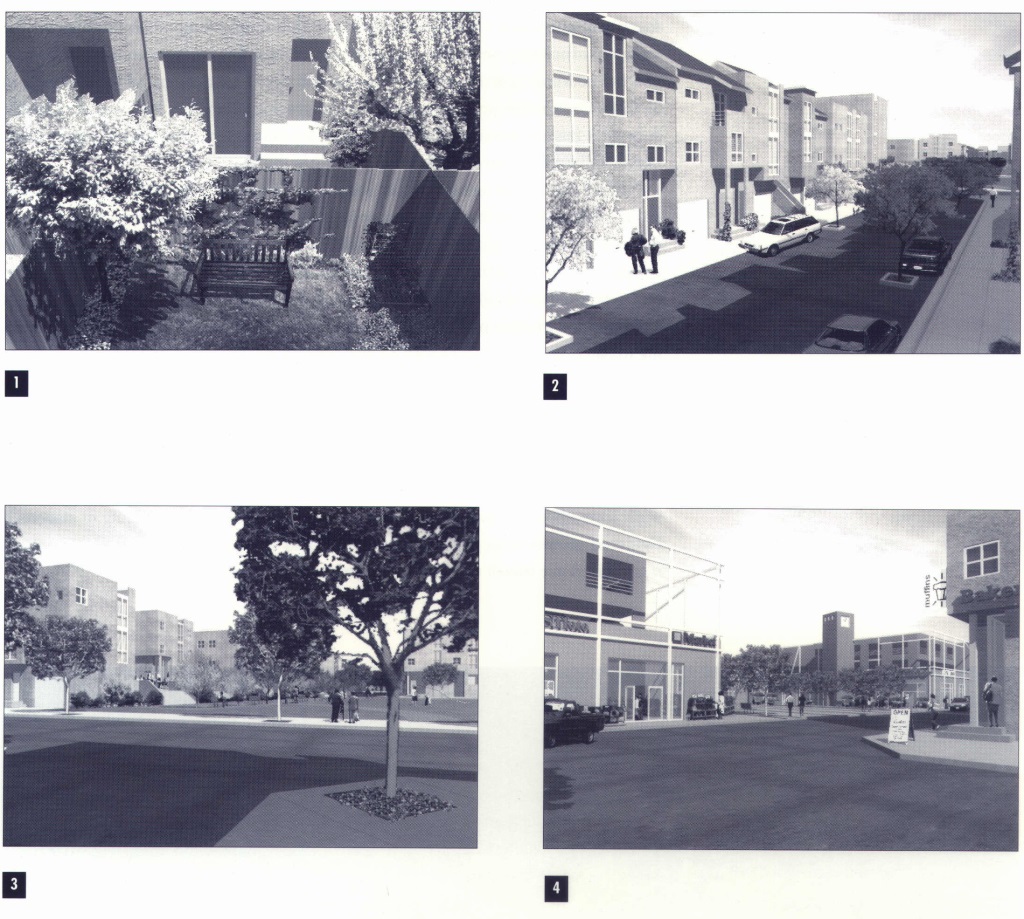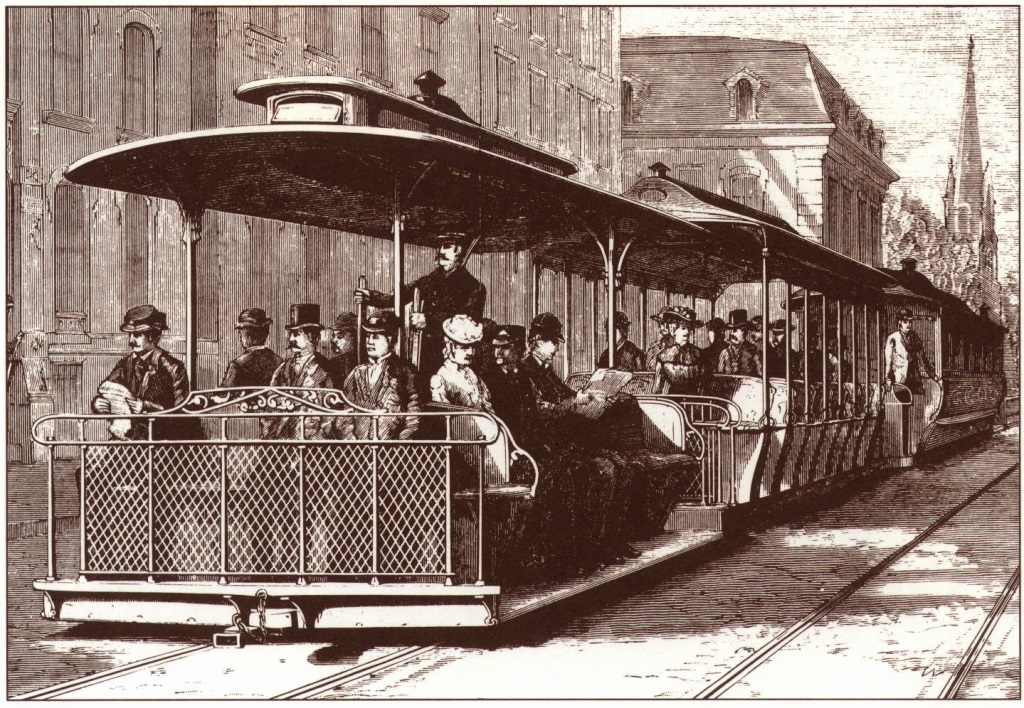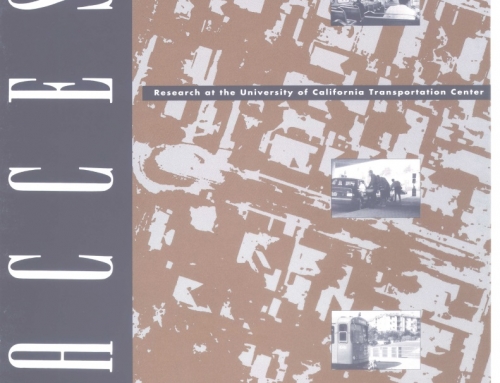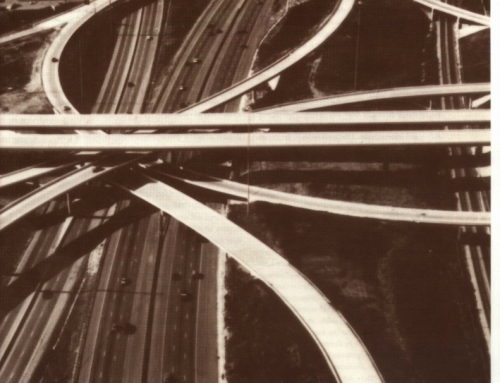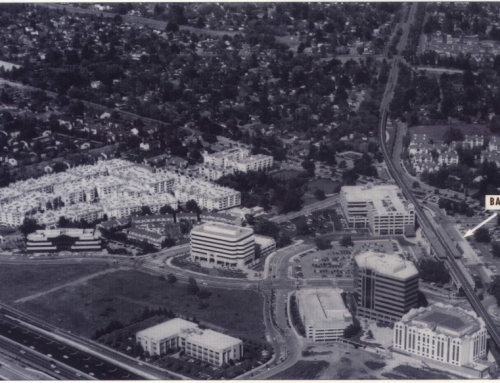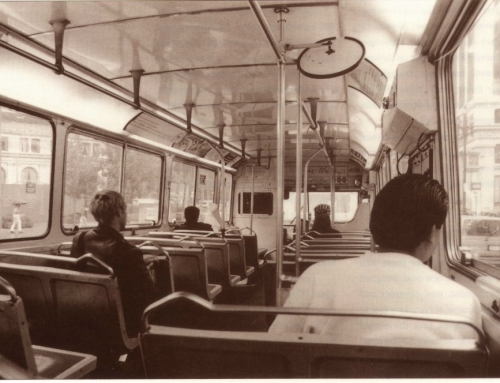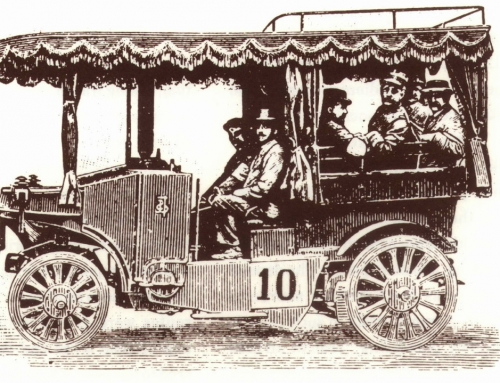One of the more disappointing transportation trends of the 1980s was mass transit’s declining market share of metropolitan trips throughout the United States. Despite the infusion of tens of billions of dollars in public assistance for constructing new facilities and supporting bus and rail operations, transit’s nationwide share of total commute trips fell from 6.4 percent in 1980 to 5.3 percent in 1990. In California, while transit journeys rose in absolute numbers during the 1980s (one of the few states where this was the case), transit’s share of commute trips fell in the state’s four largest metropolitan areas, despite their new rail systems: greater Los Angeles–5.4 to 4.8 percent; San Francisco Bay Area– 11.9 to 10 percent; San Diego–3.7 to 3.6 percent; and Sacramento –3.7 to 2.5 percent. Nor do these trends appear to be slowing. Recent studies show Southern California’s drive-alone rate increased from 77 percent in 1992 to 79 percent in 1993. Given that California has invested over $10 billion statewide in urban rail transit infrastructure and is poised to spend upwards of $160 billion more over the next thirty years, these trends are worrisome.
One of many strategies being suggested to help reverse, or at least stave off, the trend toward growing auto-dependency and shrinking transit market share is to promote more intensive development around rail stations. States like California have a tremendous sunk investment in rail systems, yet most urban development during the 1980s turned its back on transit, focusing on freeway-served suburban corridors instead. Since the 1972 opening of Bay Area Rapid Transit (BART), connecting San
Francisco to Alameda and Contra Costa Counties, 35 million square feet of private office space have been built in areas unserved by BART, compared to only 9 million square feet within one-half mile of BART stations in the two East Bay counties.
Focusing growth around rail stops, proponents argue, will capitalize on expensive public transit investments and hopefully produce other social benefits: increased regional accessibility and reduced traffic congestion along rail-served corridors; a more compact, sustainable urban form that conserves energy and reduces pollution; increases in affordable housing; more choices on where to live and how to travel; increased mobility for transportation-disadvantaged groups; and the creation of a village environment where people from all walks of life come into daily contact with each other.
Transit Villages
The somewhat nostalgic-sounding name of “transit village” has gained currency in recent years to describe these places–moderately dense, mixed-use communities that, by design, invite residents, workers, and shoppers to drive their cars less and use transit more. Transit villages are hardly new ideas. They borrow from the visions of early city planners like Ebenezer Howard, who in 1898 advanced the idea of building garden cities that would orbit London, separated by protected greenbelts and connected by inter-municipal railways. In the United States, examples of early streetcar neighborhoods include Back Bay in Boston, Riverside near Chicago, Roland Park in Baltimore, and central Pasadena. These neighborhoods, designed by the likes of Andrew Jackson Downing and Frederick Law Olmstead, depended on pedestrian access to transit to reach downtown jobs and neighborhood centers, since they were built prior to the invention of the automobile. Many of America’s early rail-served neighborhoods featured small cottage houses, had distinctive grid-iron street patterns, and focused on a prominent civic space near the rail stop.
Few good examples of transit village development exist in the United States today. Of course there are high-rise apartment towers near subways in big cities like New York and some recent mixed-use concentrations near suburban rail stations in metropolitan Washington, D .C. and in the San Francisco East Bay; however, few such places could be characterized as “villages.” Perhaps Europe offers the best modern-day examples of transit village development, where dozens of compact, mixed-use satellite communities are interconnected by regional rail systems in metropolises like Stockholm and Copenhagen. In 1990, 38 percent of the residents and 53 percent of the workers of Stockholm’s rail-served new towns commuted by transit.
Transit-Focused Development in California
While the transit village is merely a concept today, recent housing developments near California rail stations could turn the concept into a reality. Over the past decade, 26 large housing projects have been built within one-quarter mile of such stations. Most are rental apartment complexes with densities of 20 to 60 dwelling units (du) per acre, well above the benchmark of 12 to 15 du per acre used by planners as the minimum threshold necessary to support rail in the suburbs. Presently, both Santa Clara
County Light Rail and BART are converting surface parking lots at several stations into residential/retail projects. Developers have been attracted to these sites because, by building on existing lots, they eliminate the risks of negotiating land purchases among multiple property owners. Bay Area planners hope that building housing atop former park-and-ride lots will lead to minicommunities mushrooming around dozens of rail stations, as BART’s creators envisaged more than 40 years ago.
Local governments are doing a lot to promote transit-oriented development in California. The city of El Cerrito, for instance, formed a redevelopment district around the Del Norte BART station in the early 1990s for the purpose of promoting affordable housing development near the station. Using tax-increment financing to help underwrite the cost of assembling land for the project, the city worked closely with a developer to create the Del Norte Place project, a 135-unit apartment complex with 19,000 square feet of ground-floor retail; 27 of the units are priced below market as set asides for low- and moderate-income families. Del Norte Place has leased rapidly. It opened in mid-1992 and by mid-1993, 97 percent of its apartments were occupied.
In Santa Clara County, several large housing projects, called “trandominiums” by local boosters, have recently been built that rely on rail proximity as a marketing tool. As part of the county’s Housing Initiative Program, plans are underway to build more than 13, 700 units of moderate-density housing (at 12 to 40 du per acre) near light-rail stations. Sacramento’s updated General Plan calls for using an array of development incentives at 13 light-rail stations, including higher allowable densities, lower minimum parking requirements, tax increment financing, and industrial development bonds. The city of San Diego has perhaps done the most in recent years to embrace transit-oriented design concepts, adopting a formal policy “to direct growth into compact neighborhood patterns of development, where living and working environments are within walkable distances of transit systems.”1 Otay Ranch, a master-planned community under construction adjacent to the cities of San Diego and Chula Vista, will feature five village clusters, at blended densities of 18 du per acre, that will be served directly by an extension of the trolley line.
Market for Transit Villages
Relatively little is known about the market potential of transit village development, in large part because little has been built to date. Transit-oriented projects such as the celebrated Laguna West development south of Sacramento, designed by architect Peter Calthorpe, have struggled financially and for the most part incorporate modest transit provisions. Significant obstacles to building transit villages include questionable market viability, a shortage of conventional financing, not-in-my-backyard opposition to multi-unit housing development (especially in the suburbs), and the existence of multiple landholders near many rail systems (thus impeding land assemblage). Presently, the entire transit village movement seems caught in a catch-22: there are few examples, in part, because of questionable market feasibility, and the market potential of transit villages is questionable because there are few examples.
In the absence of good U.S. examples of transit villages, researchers with the National Transit Access Center at UC Berkeley recently attempted to dynamically simulate them using computer-generated images. We presented slides of the computer images, showing a “walk through” four neighborhoods with different density/amenity mixes, to more than 170 residents throughout the San Francisco Bay Area and more than 20 of the region’s largest housing developers. We controlled factors such as building style and newness so that only densities and amenities varied across the neighborhoods. We particularly wanted to learn how willing people might be to accept moderately high residential densities, needed to sustain rail transit services, in return for more amenities like neighborhood parks, retail shops, and eateries.
Far more respondents were willing to reside in a transit village setting with densities of 36 du per acre and nicer amenities than in a similar setting with 24 du per acre but fewer community services or amenities. Notably, people preferred tightly spaced two-and-a-half-story row houses located near a public park and retail shops, to one- or two-story row houses with larger yards but no nearby park and fewer local services.
Who Currently Lives in Rail-Based Housing?
We also recently surveyed the residents of 28 large-scale housing projects near California rail stations. They tend to be young professionals, singles, and empty-nesters, with typically just one car per household. In twelve housing projects near BART, for instance, there is an average of 1.66 people and 1.26 vehicles per household, compared to an average of 2.40 people and 1.64 vehicles for all other households in the same census tracts.
However, what most distinguishes residents of housing near California rail systems is their tendency to work downtown and in other locations well served by transit. In the case of five apartment and condo complexes near the Hayward and San Leandro suburban BART stations, 43 percent of employed residents work in downtown San Francisco or Oakland, compared to just 13 percent in the surrounding census tracts. And an estimated 50 percent of the residents of 1,600 apartment units near the suburban Pleasant Hill BART station work in downtown San Francisco or Oakland, compared to a citywide average of just 10 percent.
Builders are starting to recognize that a number of young downtown workers earning professional wages are attracted to rail-based housing. Projects with more amenities and catering to the tastes of young professionals will likely appeal to potential renters and buyers. One example is the Park Regency Apartment development near the Pleasant Hill BART station, an upmarket complex, complete with a pool, spa/ sauna, and recreational building, that has a waiting list of hopeful tenants. Three-quarters of the Park Regency’s occupants are in the 18-34 year-old range, and more than 50 percent earn more than $40,000 annually.
Because rail-based households own relatively few cars, zoning standards should be relaxed to allow just one parking space per unit in complexes near rail stations. This would help drive down construction costs by an estimated $12,000 per unit and also create a more pedestrian- oriented environment. Tenants could choose to pay a monthly surcharge for leasing a second parking stall in a central location. Another novel idea would have banks grant those living in rail-based condominiums an “efficient-location” loan. If rail-based housing does lower transportation costs, then these savings might be subtracted from principal, interest, taxes, and insurance when calculating mortgage qualifications.
Rail-Based Housing, Rents, and Ridership
We recently compared 1990 rents between multi-unit suburban projects within a quarter mile of BART stations versus projects beyond walking distance of a station in Pleasant Hill, El Cerrito, and Fremont. Using hedonic price models, we found residences near BART leasing for around $35 more per month, controlling for the influence of unit size, amenities, and other factors. Monthly rents per square foot for one- and two-bedroom apartments near Pleasant Hill were $1.20, compared to an average of $1.07 for comparable projects in the same geographic submarket but away from BART. A healthy market demand plus the potential for developers to command higher rents bodes well for the future of rail-based housing in the Bay Area.
From the transit agency’s standpoint, the primary benefit of clustering housing around rail stations is that transit usage is likely to increase. Our surveys find that residents living within a quarter mile of a California rail station are three times as likely to commute by rail as is the average worker living in the same city. The two most important determinants of rail usage is whether trip destination is within walking distance of a rail stop and whether parking is free. Among those living near BARI’ stations and heading to San Francisco job sites with no free parking, nearly nine out of ten work trips are by BART. For trips to secondary urban centers like Oakland and Berkeley, half of commutes are by BART. For all other destinations (where often workers park free), only 6 percent of commute trips by station-area residents are by rail.
Merely clustering housing around rail stops will do little good if, as during much of the 1980s, job growth occurs mainly along suburban freeway corridors. Both ends of work trips –housing and job sites–must be within reasonable proximity of stations if clustered growth is to pay any accessibility and environmental dividends-in short, more mixed-use transit village development will be necessary.
Creating Transit Villages
Perhaps the most promising recent development in the transit village movement is the signing of California’s Transit Village Act, AB 3152, by Governor Pete Wilson in September 1994. This was a small but important step toward bringing the transit village idea to fruition. Sponsored by Assemblyman Tom Bates of Oakland, the bill as originally drafted would have allowed municipalities to designate a “transit village district,” similar to a redevelopment district, with special land assemblage and tax increment financing privileges. The original bill also stipulated that developers building within the district be granted a density bonus of at least 50 percent. Because of stiff opposition from fiscal conservatives, most of these provisions were later removed from the bill.
As passed, AB 3152 is a voluntary statute encouraging cities and counties to plan more intensive development around rail stations, but it provides few fiscal powers or special authority to do so. Sponsors hope the bill will eventually be expanded to provide more financial incentives, perhaps granting transit village districts priority access to discretionary state funds, such as from the Intermodal Surface Transportation Efficiency Act and fuel-price rebate programs.
Transit villages have a long way to go until implemented in states like California. However, it’s encouraging that many housing projects near rail stations are leasing quickly, making profits, and attracting residents who patronize transit. Having a receptive legislative environment, such as AB 3152, should also help pave the way for more pedestrian-oriented, mixed-use communities around transit systems. Together, strong market interest and a conducive policy environment.
Footnotes
- San Diego City Council Policy 600-39, August 1992, p.1.
Further Reading
Michael Bernick, “The Bay Area’s Emerging Transit-Based Housing,” Urban Land Vol. 52, No. 7, pp. 38-41.
Peter Calthorpe, The Next American Metropolis: Ecology, Community, and the American Dream (New York: Princeton Architectural Press, 1993).
Robert Cervera, “Transit-Based Housing In California: Evidence on Ridership Impacts,” Transport Policy Vol. 1, No. 3 , 1994, pp. 174-183.
Robert Cervero, Transit Supportive Development: Experiences and Prospects (Washington, D.C.: Federal Transit Administration, 1993).
Robert Cervero, Michael Bernick, and Jill Gilbert, Market Opportunities and Barriers to Transit-Based Development in California (Berkeley: Institute of Urban and Regional Development, Working Paper No. 621, 1994). UCTC No. 223.
Robert Cervero and Peter Bosselmann, An Evaluation of the Market Potential for Transit-Oriented Development Using Visual Simulation Techniques (Berkeley: Institute of Urban and Regional Development, Monograph 47, 1994). UCTC No. 247.
Robert Cervero and John D. Landis, “Development Impacts of Urban Transport: A U.S. Perspective,” in Transport and Urban Development, D. Banister, ed. (London: Chapman and Hall, 199S, forthcoming).
J . Holtzclaw, Residential Patterns and Transit, Auto Dependence, and Costs (San Francisco: Resources Defense Council, 1994).
Peter Katz, The New Urbanism: Toward an Architecture of Community (New York: McGraw-Hill, Inc., 1993).
Allan Pisarski, New Perspectives in Commuting (Washington, D.C.: Federal Highway Administration, U.S. Department of Transportation, 1992).
B. Pushkarev and J. Zupan, Public Transportation and Land Use (Bloomington: Indiana University Press, 1977).

